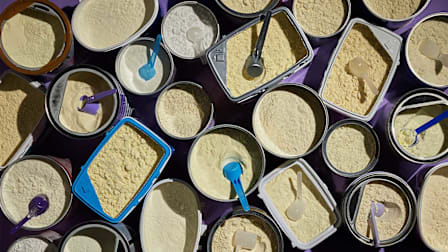The policy will require raw chicken to be tested for salmonella before it is breaded or stuffed. If the chicken tests positive at levels above 1 colony forming unit per gram, a very low level of contamination, it cannot be used in the product.
“This is a historic first step toward addressing salmonella contamination in a meaningful way,” says Brian Ronholm, CR’s director of food policy “Hopefully, it represents just the beginning and will lead to additional efforts to address salmonella in other poultry products.” CR has long advocated for salmonella to be prohibited in poultry products.
Salmonella causes 1.35 million illnesses per year, the Centers for Disease Control and Prevention estimates. About a quarter of the cases are the result of eating poultry. Although raw stuffed, breaded products account for less than 0.15 percent of the chicken produced in the U.S., they represented 5 percent of the foodborne illness outbreaks involving chicken between 1998 and 2020, according to the USDA. There have been 14 salmonella outbreaks related to these products (such as this one in 2021), sickening an estimated 200 people since 1998.
Consumers often aren’t aware that these chicken products are raw; the breading may appear brown, making the chicken look like it’s precooked.
The USDA says that improved labeling emphasizing proper cooking instructions hasn’t been effective at reducing illnesses. Sandy Eskin, deputy undersecretary for food safety at the USDA, told CR in 2022 that the agency is “committed to reducing salmonella infections linked to poultry products, and we believe that to do this, we must take more aggressive action.”
The USDA said that today’s announcement is part of a broader strategy to reduce salmonella illnesses attributable to poultry and that it plans to address salmonella in other raw poultry products later in the year.
While this act will protect consumers from salmonella, it’s still key to properly cook breaded, stuffed chicken products. Be sure to read the package labels—the products will be marked raw or uncooked—and follow all cooking instructions. All chicken should be cooked to an internal temperature of 165° F. Confirm the temperature before you eat the chicken by inserting a meat thermometer into the center and the thickest part.





















